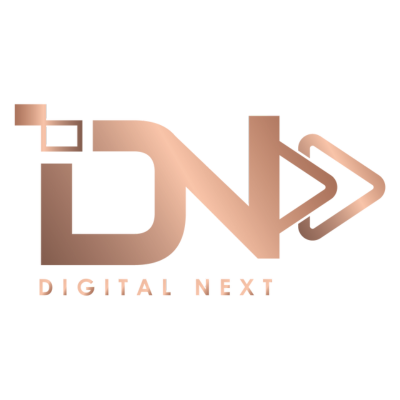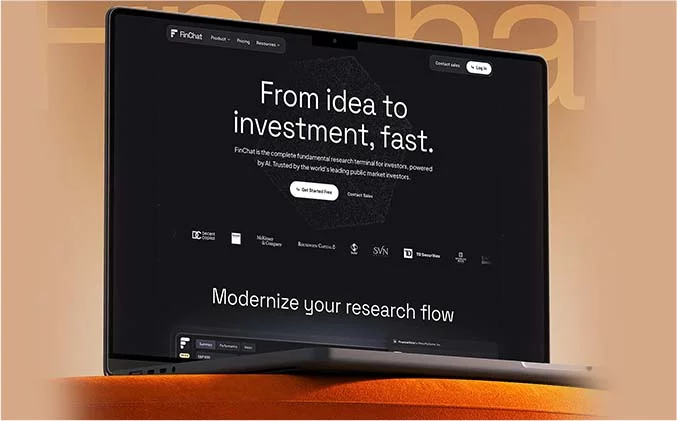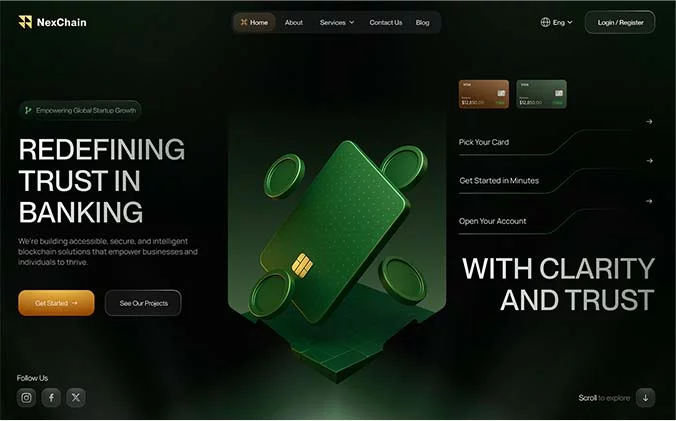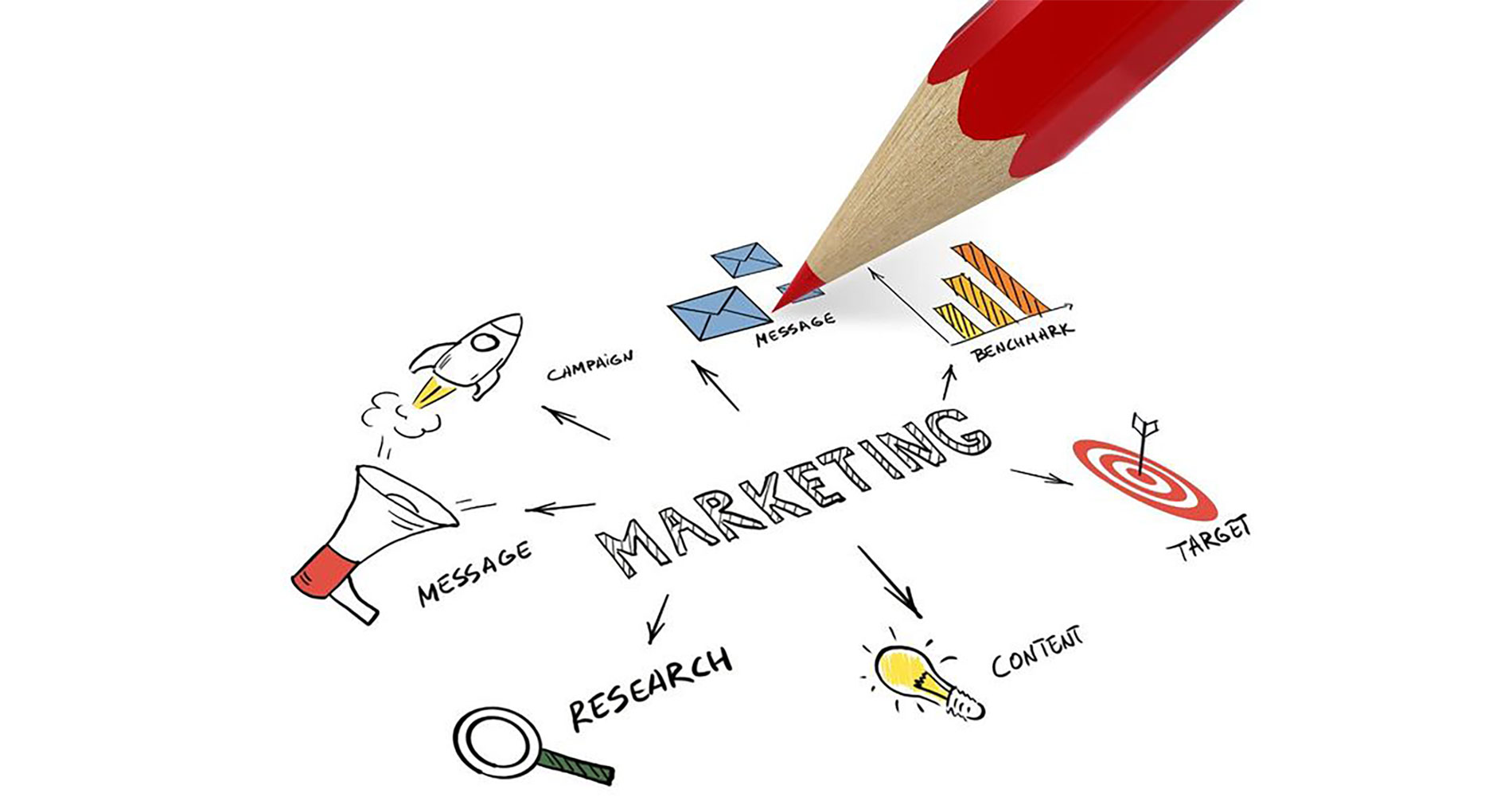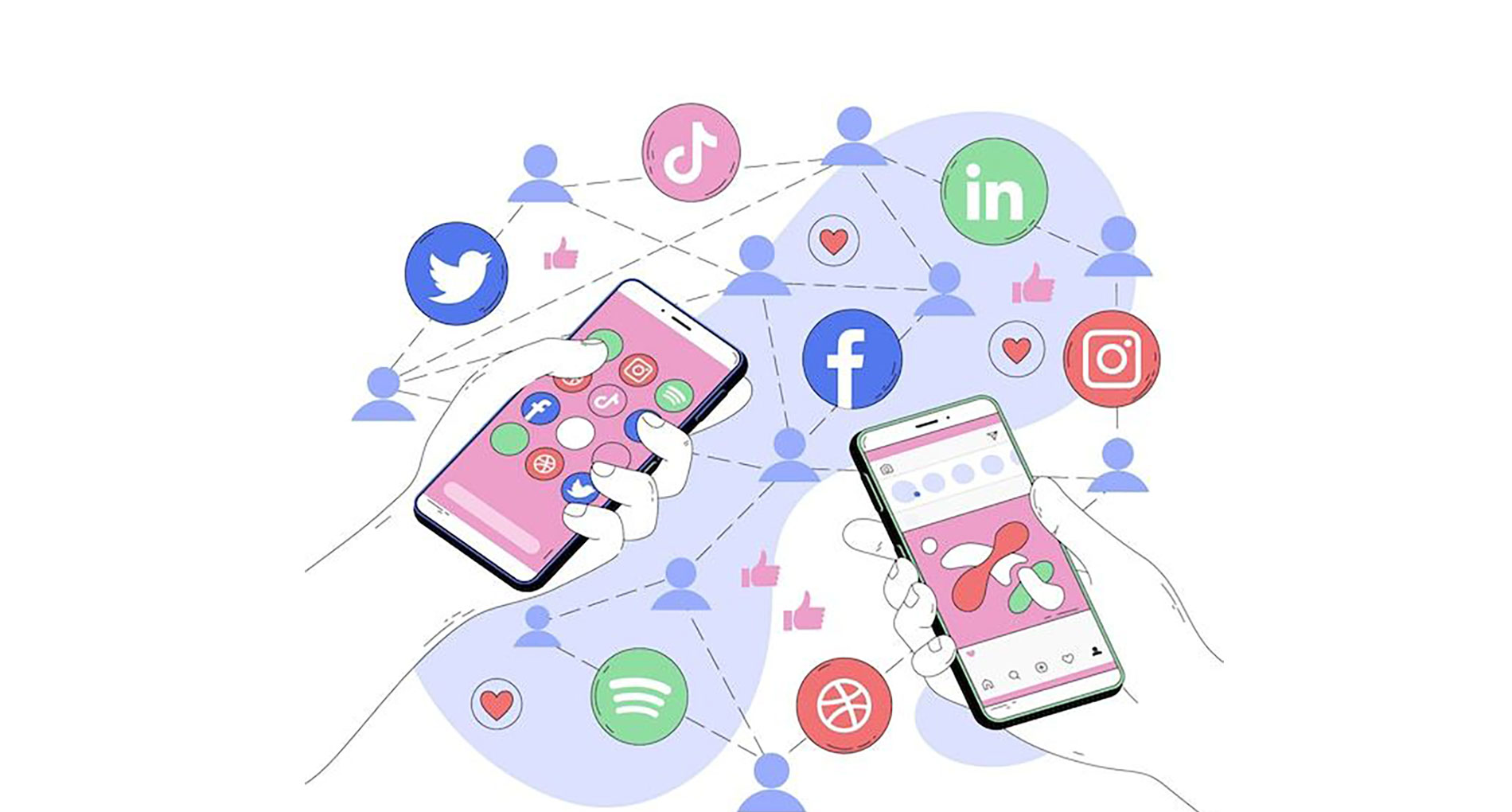
Introduction: From Thought Leaders to Demand Drivers
Once seen as a niche tactic, B2B influencer marketing has matured into a cornerstone of modern digital strategy. What began with executives sharing insights on LinkedIn has evolved into a sophisticated ecosystem of creators, analysts, consultants, engineers, podcasters, and domain experts, shaping professional opinions across industries.
By 2025, more than 70% of B2B marketers will have integrated influencer collaborations into their content mix, compared to just 35% three years ago. Yet, many organizations still struggle with one key question: Who should lead it?
The answer lies not in marketing, but in Public Relations (PR).
While marketing amplifies visibility, PR builds credibility and in the B2B world, credibility is the ultimate currency.
Why B2B Influencer Marketing Is Different
Influence in B2B doesn’t follow the patterns of consumer marketing. There are no unboxing videos or viral dances, instead, it’s about trust, authority, and expertise built over time.
The audience typically executives, decision-makers, or procurement leads makes high-stakes decisions based on insights and evidence, not entertainment.
| B2C Influencers | |
| Drive impulse or lifestyle decisions | |
| Measure through engagement and sales spikes | |
| Platforms: TikTok, Instagram, YouTube | |
| Creator = Entertainer |
| B2B Influencers |
| Drive informed, high-consideration choices |
| Measure through leads, pipeline impact, and brand authority |
| Platforms: LinkedIn, X (Twitter), YouTube, niche podcasts |
| Creator = Subject Matter Expert |
B2B audiences follow people they trust to teach, not just entertain.
That’s where PR steps in to transform complex topics into clear, credible narratives that resonate.
Why PR Should Take the Lead
Many B2B influencer programs fail not because the influencers lack talent, but because the campaigns are treated like short-term ads.
PR brings the depth, strategy, and relationship-first thinking needed to make influencer programs authentic and sustainable.
- PR Builds Relationships, Not Transactions
PR teams don’t just “book” influencers, they nurture advocates. They understand the importance of long-term alignment, transparency, and consistent engagement beyond campaign cycles. - Credibility Over Clickbait
In B2B, expertise outweighs follower count. PR professionals vet collaborators for credibility, ensuring that brand partnerships enhance and not erode trust. - Integrated Storytelling
PR connects influencer narratives across earned, owned, and shared media transforming a single post into a multi-channel amplification strategy. - Crisis Preparedness
If an influencer misspeaks or a conversation goes off-track, PR’s reputation management framework ensures a timely, measured response something performance marketing alone can’t handle.
The New B2B Influencer Archetypes
B2B influencers don’t fit the traditional “creator” mold. They’re respected professionals using their expertise to inform, educate, and lead.
Here’s how brands can collaborate effectively across these new archetypes:
| Type | Example Roles | Brand Collaboration |
| Practitioner Voices | Engineers, Analysts, HR Heads | Joint whitepapers, case studies, or podcasts |
| Educator-Experts | Consultants, Trainers, Agency Founders | Co-created webinars, Q&A sessions, or video explainers |
| Executive Influencers | CEOs, CMOs, Founders | Ghostwritten articles, leadership posts, or interviews |
| Community Builders | Slack/Discord moderators, event hosts | Sponsorships, community partnerships, or panels |
| Media-Creators | Podcasters, Substack writers | Sponsored segments or expert collaborations |
Rather than chasing mass appeal, PR teams can build credibility networks in smaller circles of high-trust voices that collectively shape perception.
The PR-Led Playbook for B2B Influence
A mature influencer strategy mirrors a PR program, not an ad buy.
Here’s how leading PR teams structure influence:
Step 1: Map the Ecosystem
Identify not just individual influencers but the networks of trust analysts, consultants, and creators who guide industry conversations.
Step 2: Co-Create, Don’t Commission
Collaborate to create educational, story-led content: webinars, LinkedIn carousels, or customer case studies that highlight real results.
Step 3: Blend Data With Story
Measure credibility-driven metrics Share of Voice, lead quality, or sentiment shifts not vanity metrics. Tools like Meltwater and Mentionlytics can bridge the gap between storytelling and analytics.
Step 4: Amplify Across Channels
Repurpose influencer content for multiple touchpoints:
- Earned: Media coverage using influencer insights.
- Owned: Blogs, newsletters, or reports.
- Paid: Boosted content targeting decision-makers.
Step 5: Sustain Relationships
Influence is cumulative. Long-term ambassador programs and recurring collaborations build a foundation of ongoing trust.
The ROI Equation: Authority → Awareness → Action
In B2B, ROI isn’t defined by clicks it’s defined by mindshare.
When respected experts consistently reference your brand, you move from awareness to authority.
The journey is simple but powerful:
Authority → Awareness → Consideration → Conversion → Advocacy
PR doesn’t just drive reach, it drives recognition, turning influence into measurable business growth.
The Rise of the Expert Economy
We’ve entered an “Expert Economy” where audiences value knowledge over entertainment.
Today’s influential voices are educators, analysts, and practitioners who inspire confidence through expertise.
- LinkedIn rewards depth over frequency.
- Webinars are the new talk shows.
- Podcasts are the new press releases.
- Analysts are the new A-listers.
For brands, this shift means one thing:
To succeed in credibility-driven markets, you need voices people trust and PR teams know how to build them.
Conclusion: PR Is the New Growth Engine for B2B Influence
As influencer marketing matures, B2B brands must treat it as a strategic communication channel not a trend.
PR professionals, with their expertise in storytelling, credibility, and stakeholder management, are best equipped to lead the charge.
The question isn’t “Should we work with influencers?”
It’s “Who will ensure these partnerships are authentic, consistent, and measurable?”
In 2025 and beyond, the answer is clear: Public Relations.
